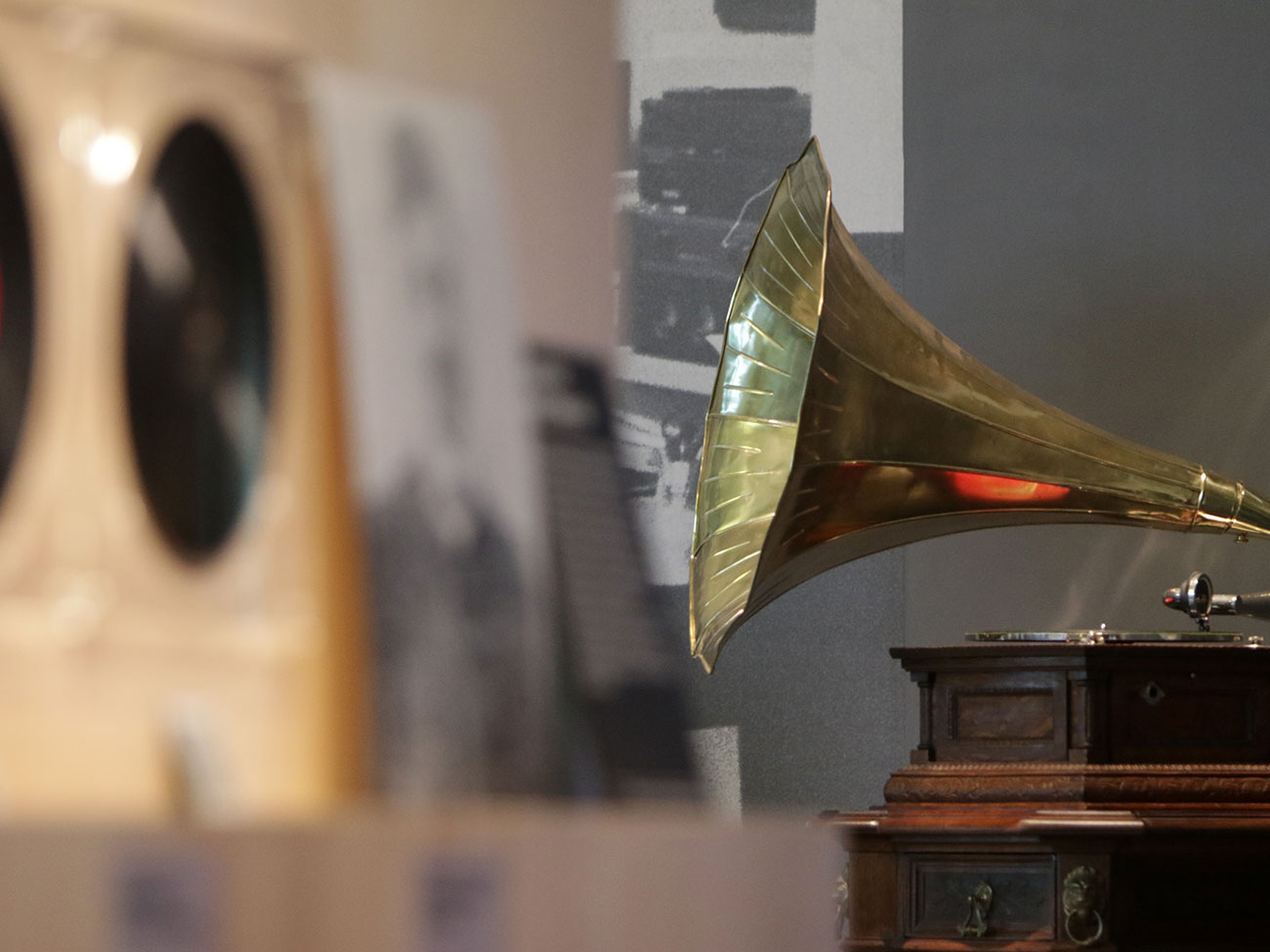History & Heritage
8.18.2020
Discover oriental music in Marseille’s Mucem

Those who are passing through the Phocaean city between 22 July and 4 January will have plenty of time to go and discover at the Mucem, the city’s flagship museum which sits between its two ports, a musical exhibition entirely devoted to Arab folklore, called “L’Orient sonore”.
“Forgotten music, alive music”. This is the sentence that introduces the purpose of this 6-month exhibition in the largest museum of one of the largest cities in France. Drawing on the collections of the AMAR Foundation (Arab Music Archiving and Researching), which aims to preserve and make accessible the music of the Middle East, the exhibition offers a dive through the music of all the Arab countries, from Algeria to Iraq, which goes back as far in time as the archives allow.
🎧 Visitez l'exposition « L’Orient sonore » munis de vos écouteurs et connectez-vous à l'application l'Orient sonore, pour voyager en musique dans l'exposition.
Une application de Pierre Giner et Trafik pour l’exposition L’Orient sonore au Mucem.
: https://t.co/nNEREfbHmW— Mucem (@Mucem) July 24, 2020
Researching and archiving Arab music
The Foundation was created at the instigation of Kamal Assar, a businessman with a passion for ancient Arab music, who traveled extensively in Egypt, Syria, Iraq and Tunisia and accumulated countless cassettes. Later, he also bought the largest collection of 78-rpm records of Arabic music in existence, that of Abed al-Aziz Anani, a great music historian at the end of his life. This was the beginning of a great adventure of archives and research that would later give birth to the exhibition.
Several musical worlds to discover
During a visit to the Mucem, one can listen to (and even discover on video) the ecstatic songs sung by the Egyptian sufferers during the “mawâlid al-suffiya“, these celebrations to the glory of God and his prophets, which put the thousands of visitors present in a kind of trance. One can also discover the songs and percussion instruments that punctuate the daily life of Bahraini fishermen on and off the boats, and how the music adapts to their lifestyle (work, rest, entertainment, etc.).
Exposition « L’Orient sonore »
À partir de la richesse exceptionnelle des collections de la Fondation Amar, l’exposition « L’Orient sonore » donne à voir et à entendre l’histoire des traditions musicales arabes menacées et de leur sauvegarde.
Dès le 22/07https://t.co/sWfvJNJu7M pic.twitter.com/JYqJGt84j0— Mucem (@Mucem) July 16, 2020
You can also discover marjû’, the traditional music of the Chaâmbas, a tribe that came from Arabia to settle in the Algerian desert, which is played with flute and drums, or watch a video in which the last four performers of Al-anîn answer each other in the farming villages between Luxor and Aswan, composing an improvised musical debate as they perform their haunting melodies.
A place of listening and looking
In all, no less than twelve oral musical traditions threatened with extinction, for which unprecedented research, documentation, and recording work was carried out in the field between 2016 and 2019, are presented, to the delight of visitors. “L’Orient sonore” is presented as a place for listening and viewing. Immersed in the midst of voices and instruments, music and moving images, the public is invited to immerse themselves in a sensual and profound musical elsewhere, in order to discover the living experience of the musical traditions of the Arab world.
The only downside is that the exhibition was thought out before the appearance of the coronavirus, and was designed to be visited with headphones, which can no longer, in accordance with the hygiene rules in force, provide the equipment. The experience can, therefore, be a little “cacophonic” at times, but it is still worth the detour.
popular

